CAMPAGNA FINANZIATA AI SENSI DEL REGOLAMENTO CE N. 1308/13
CAMPAIGN FINANCED ACCORDING TO (EC) REG. N. 1308/13
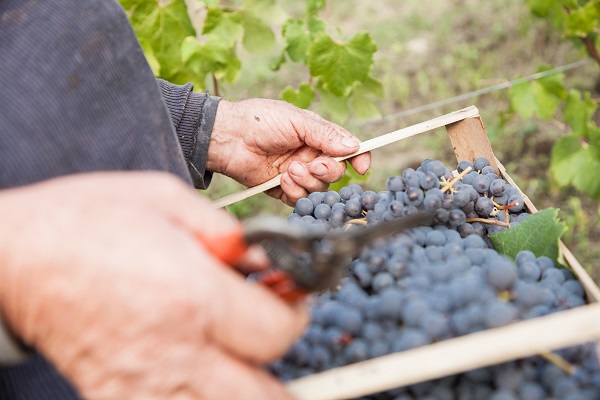
Traditional vintage with climatic features close to the “freshest” ones over the last five years.
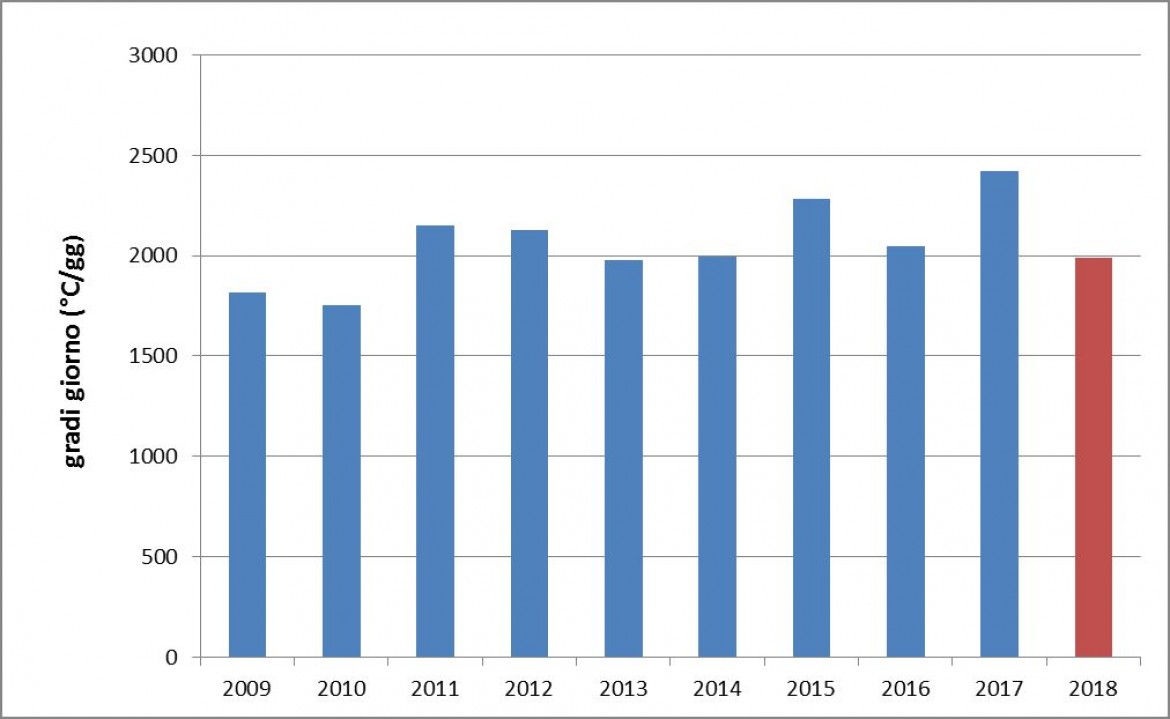
Heat summation (fig. 1) is used to represent the total amount of energy available to the vine during the growing season (sum of the temperatures above 10 ° C during the April-October period). The figure is 1987.0°C per day, a value which is close to the value of the years 2013-2014 and 2016.
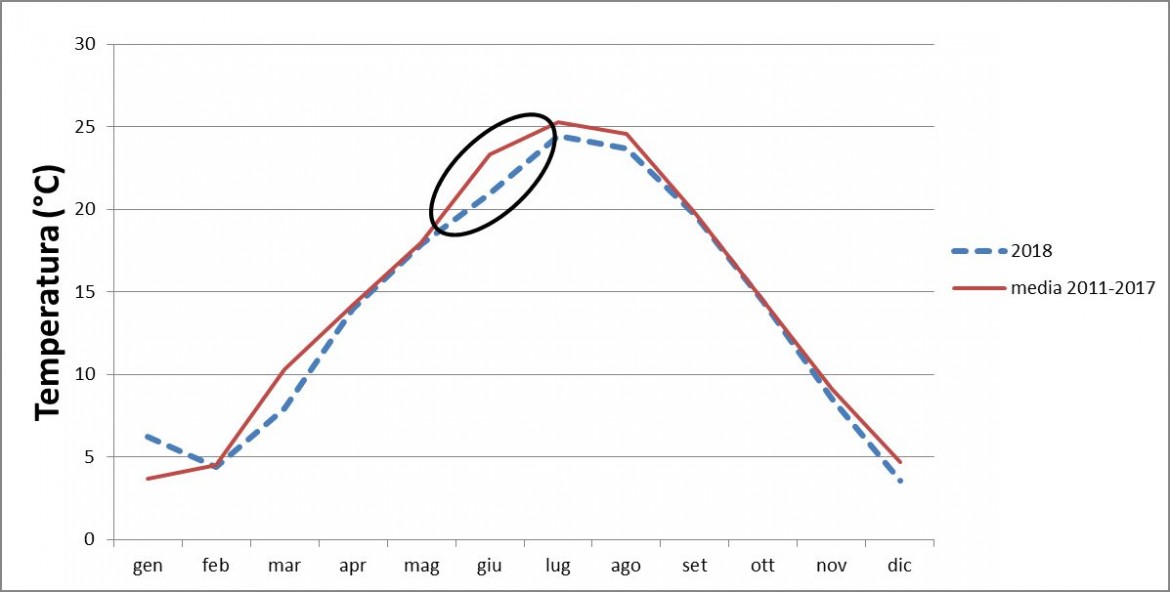
The lowering of the heat summation is due to a constant thermal reduction. From the graph showing monthly average temperatures we observe a decrease of 1- 1.5 ° C in February and March if compared to monthly average temperatures from 2011 to 2017. This decrease is even more evident in the summer season when temperatures lowered down -2°C in June and -1°C in July and August.
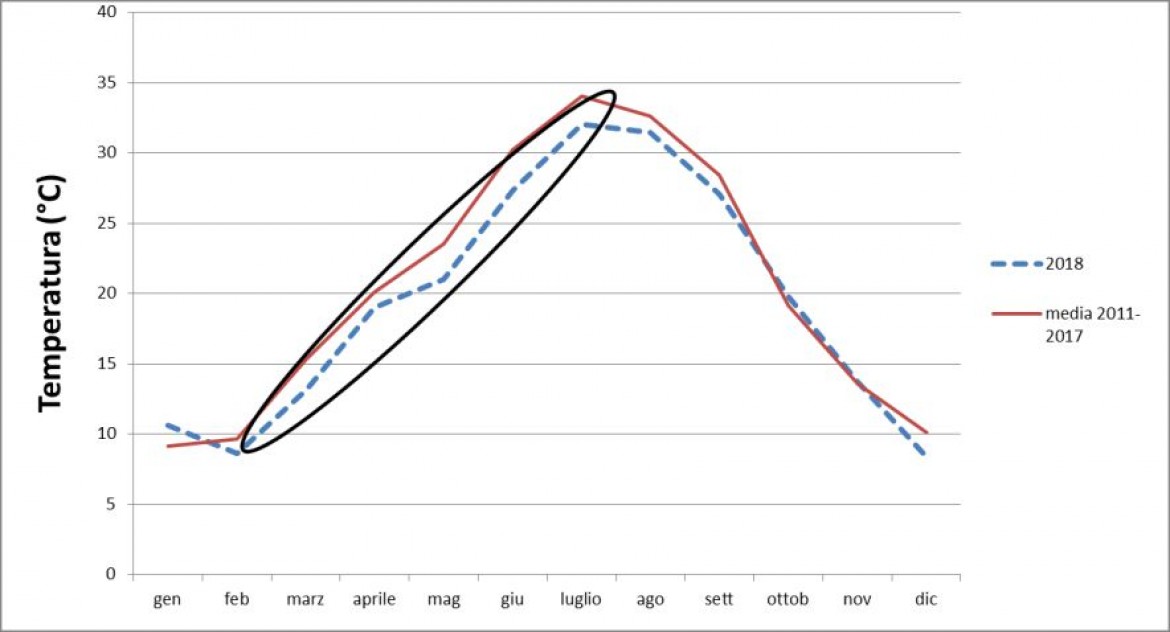
Fig. 3: everage max. temperatures (Source: R.A.M. Regione Piemonte, Barbaresco weather station)
Even more significant is the graph which shows the average of maximum temperatures; here, a constant decreasing trend of 1°C can be observed, with peaks of -2.5°C in March, June, July and August. As for rainfalls, 2018 recorded an amount of 1062.5 mm of rainfalls, against the average of 700 mm in recent years. As can be seen by the graph (fig. 4) and the table (fig. 5) in 10 months out of 12 there was an increase of the rainfalls: only in June and December – usually, not very significant months for the water supply – rainfalls had a considerable drop if compared to the average.
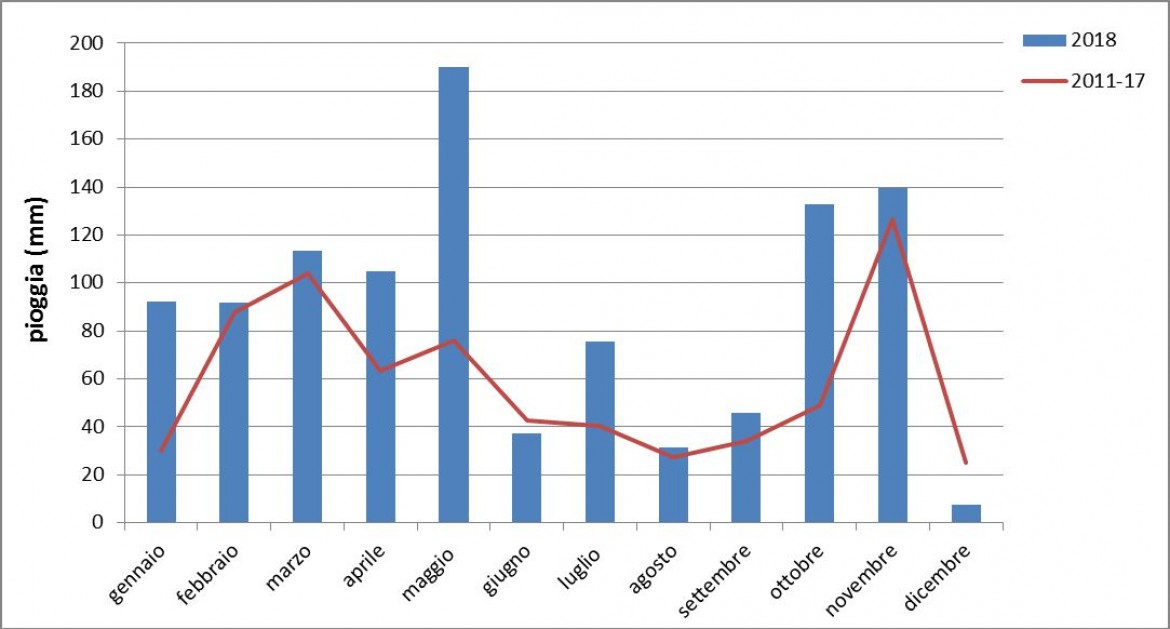
Fig. 4: Annual rainfall (Source: R.A.M. Regione Piemonte, Barbaresco weather station)
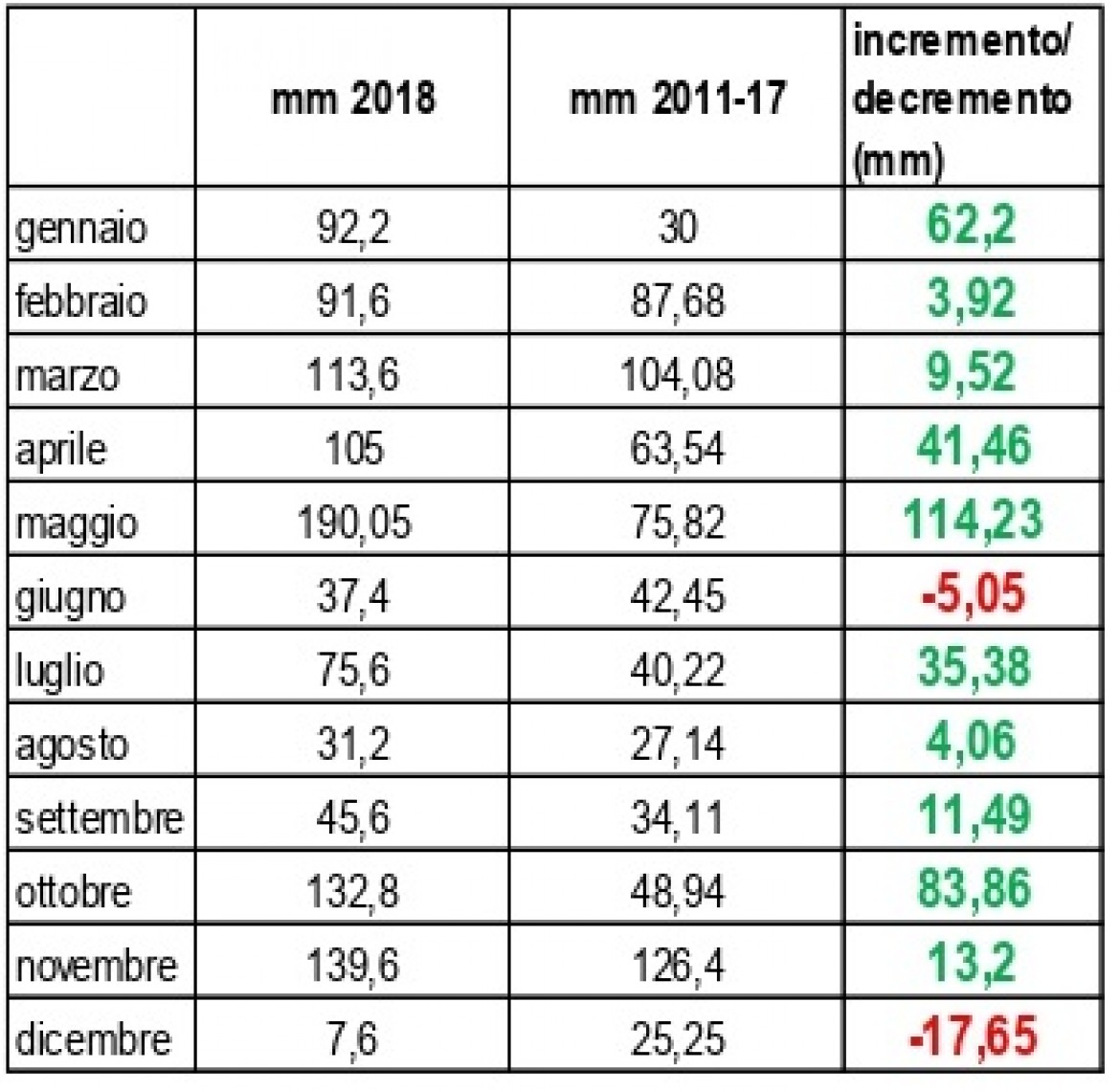
From a phenological point of view, the weather trend led to a slow and gradual restart for vegetative phase, which was completed by all varieties by the end of March. The growth of the buds was gradual and the flowering was favored by a period of good weather in the first ten days of June. The setting and the ripening of the fruits were eased by good weather stability.
During spring time, frequent and abundant rainfalls brought considerable infectious threat due to fungal diseases, in particular the Downy mildew (Plasmopora viticola). Powdery mildew (Oidium tuckeri) struck with greater intensity later in July.
Harvesting began in the first ten days of September with the picking of Chardonnay and Moscato varieties; Dolcetto, the first red variety to be harvested, reached ripeness in the second ten days of September overlapping with Arneis harvest. The late ripening varieties - Barbera and Nebbiolo – got ripe quite late and almost simultaneously in October.
Wines from 2018 vintage are fresh, perfumed and complex, characterised by great finesse to the taste.
Roberto Prandi & Sergio Belmonte